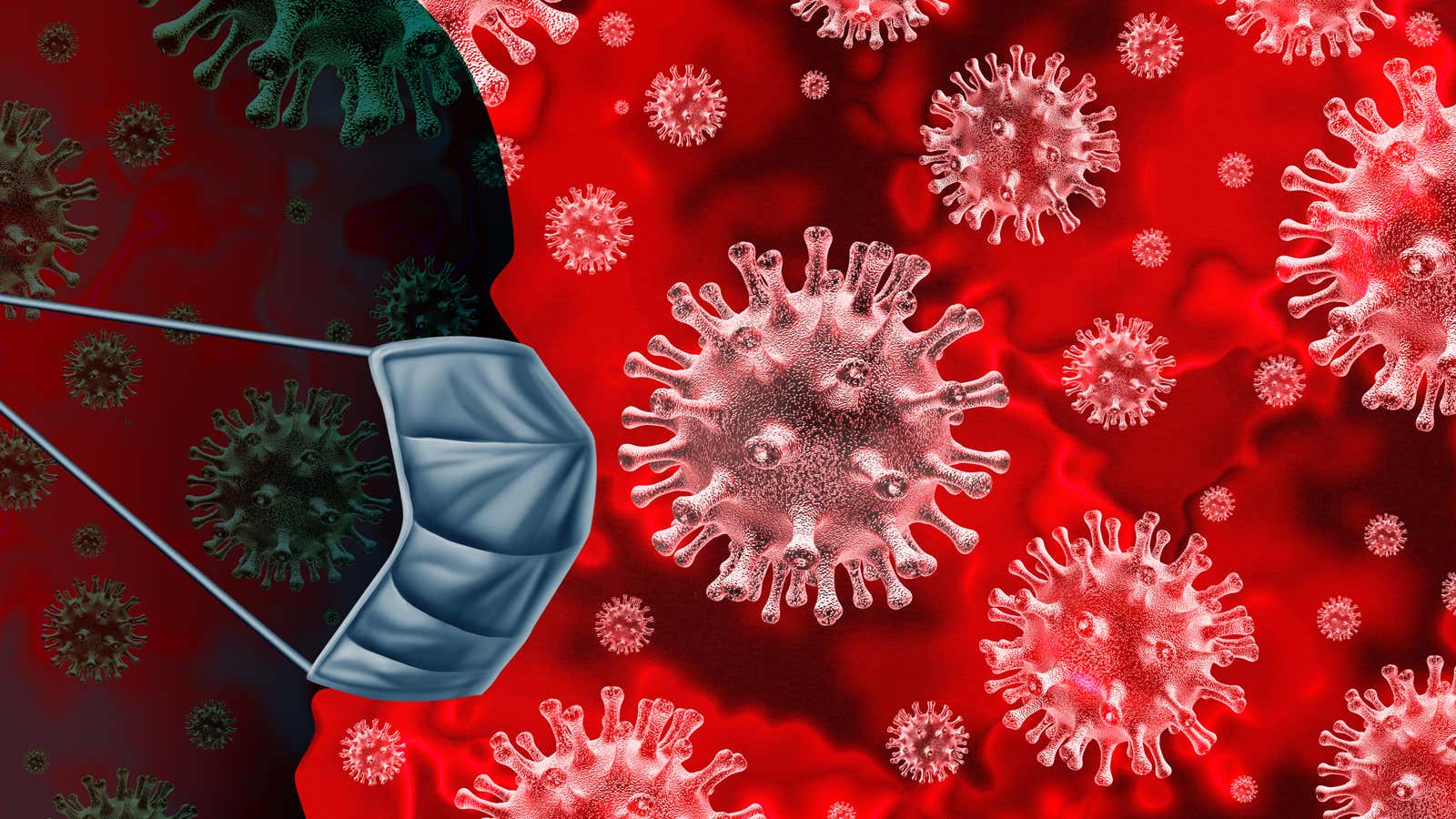What Do We Know About the Coronavirus so Far

COVID-19, a disease caused by the SARS-CoV-2 coronavirus, was first detected in China at the end of 2019 . The first case of the disease in the United States was detected in January 2020 in a newly arrived traveler in Washington state. From the outset, the history of COVID-19 has evolved rapidly, with new information emerging daily.
On March 11, the World Health Organization declared the outbreak a pandemic, and local, state and federal measures were taken to contain the spread. The United States currently has more confirmed cases of the disease than any other country in the world , and this number has changed over time.
Given that this is a rapidly changing situation, this is a summary of what we know so far:
Who is sick?
People of all ages get sick, although cases are usually more severe in older patients or people with medical conditions such as heart disease, diabetes, or a weakened immune system. This does not mean, however, that young people are not at risk of serious complications or death, and even those with mild forms of the disease can still transmit the infection to someone else who may develop serious complications.
What are the symptoms?
The main symptoms are fever, cough and shortness of breath, which usually appear within 2-14 days after infection. Less common symptoms include sore throat, muscle and body aches, gastrointestinal symptoms such as diarrhea, and temporary loss of taste or smell.
What do we know about the virus?
We have his genome. The virus has been isolated and sequenced and we know that it belongs to the coronavirus family. Some coronaviruses cause cold-like lung diseases, others more serious. If you remember the SARS outbreak in China in 2003, or the MERS outbreak in the Middle East (discovered in 2012), both were coronaviruses.
The virus’s official name is SARS-CoV-2, although even the World Health Organization has dropped this name as it harbors memories of the SARS disease. Instead, people usually just call it the coronavirus, or more specifically, the virus that causes COVID-19.
Is there a cure or vaccine?
Not yet. Several treatments are currently being tested, but none have been confirmed by rigorous clinical trials. Vaccines are also in development , but experts warn that it will likely take 12 to 18 months before one becomes widely available.
What did the spread look like?
Although the virus originated in China, it has since spread around the world and the first case was detected in the United States in January. Since then, the number of cases has rapidly increased to the point that the World Health Organization declared the outbreak a pandemic on March 11.
Since then, the number of cases in the United States has grown exponentially, while a series of lockdown and stay-at-home orders have been issued to enforce physical distancing measures that could slow the spread of the virus. This includes restricting restaurants to pass-by or pick-up only, closing bars and retail stores, requiring all non-essential employees to work from home, and canceling all sporting events and large gatherings.
What should I do?
It is imperative that everyone do their part to limit the spread of COVID-19 . This means keeping a distance of at least six feet from people outside your immediate family, limiting commuting from home to essentials such as going to the grocery store or pharmacy, and practicing safe hygiene practices that include frequent and thorough manual cleaning. washing and disinfection of high-contact surfaces.
It is important for people who are showing symptoms to self-isolate; for people who may have been exposed, strict quarantine in which they do not leave the house under any circumstances. These measures will help slow the spread of the disease so that hospitals and healthcare providers can cope with a large number of cases at the same time.
This is a constantly evolving situation, which means that it is important to be aware of the current guidelines and recommendations. Until then, take all precautions to avoid infecting yourself or others. We are all in this together.
Editor’s Note: This is an updated version of an article originally titled “What is Coronavirus and How Much Should You Worry About It?” which was originally published in January 2020. The article has been updated as of April 1, 2020 to reflect the rapidly changing global crisis.